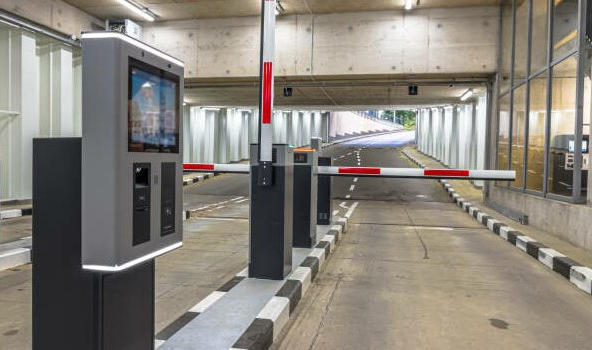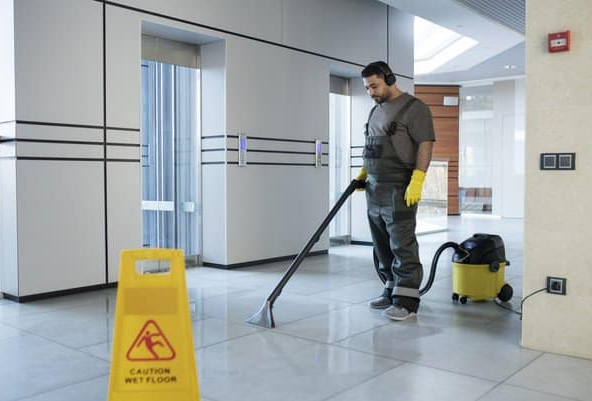In the dynamic world of property management, the role of facility managers in ensuring the security of a property is paramount. The challenges they face are multifaceted, ranging from physical security concerns to the ever-evolving landscape of cybersecurity threats. “Enhancing Property Security: Best Practices for Facility Managers” aims to provide a comprehensive guide for facility managers seeking to bolster their property’s security measures. This blog will explore key aspects of security management, focusing on three critical subheadings: Comprehensive Risk Assessment and Security Planning, Integration of Cutting-Edge Technology for Surveillance and Access Control, and Emergency Response Planning and Crisis Management. By delving into these topics, facility managers can gain valuable insights and practical strategies to fortify the security of their properties and create a safer environment for occupants and assets.
Comprehensive Risk Assessment and Security Planning
In the realm of facility management, ensuring the security of a property involves a multifaceted approach. Facility managers play a pivotal role in conducting comprehensive risk assessments to identify potential vulnerabilities. This subheading will delve into the importance of thorough risk assessments, covering aspects such as physical security, cybersecurity, and potential safety hazards. By examining these factors, facility managers can proactively develop tailored security plans that address specific risks unique to each property. The content will provide insights into the methodologies, tools, and technologies employed in risk assessments, empowering facility managers to create robust security frameworks.
Integration of Cutting-Edge Technology for Surveillance and Access Control
Technology is rapidly transforming the landscape of property security, and facility managers must stay abreast of the latest innovations to enhance their security measures. This section will explore the integration of cutting-edge technologies such as smart surveillance systems, access control solutions, and advanced sensors. Facility managers can learn about the benefits and challenges associated with these technologies, as well as practical tips for their implementation. Additionally, the content will highlight real-world examples where technology has successfully bolstered property security, offering inspiration for facility managers seeking to elevate their approach.
Emergency Response Planning and Crisis Management
Even with robust security measures in place, unforeseen events can occur, necessitating a well-defined emergency response plan. Facility managers serve as key orchestrators in times of crisis, and this subheading will focus on the essential elements of effective emergency response planning. Topics covered will include creating clear communication channels, establishing emergency protocols, and conducting regular drills to ensure the preparedness of both the property’s staff and its occupants. By examining case studies and best practices, facility managers can gain valuable insights into developing and refining their emergency response plans, ultimately fostering a safer and more secure property environment.
In conclusion, “Enhancing Property Security: Best Practices for Facility Managers” serves as a comprehensive guide for facility managers looking to strengthen the security measures of their properties. Through thorough risk assessments, the integration of cutting-edge technology, and effective emergency response planning, facility managers can create a robust framework that safeguards the well-being of occupants and assets. By following the insights and best practices presented in this blog, facility managers can navigate the dynamic landscape of property security with confidence and proficiency.




